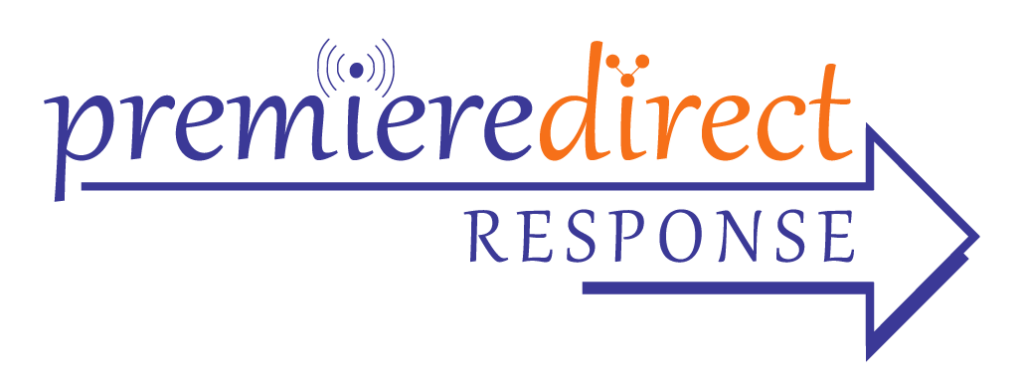This year’s midterm election season is shaping up to be like no other before it, with political ad dollars already far ahead of 2018’s $5.4 billion and now expected to challenge the $9.0 billion spent during 2020’s Presidential race. As a result of the enormous political spending so far, Kantar CMAG has again adjusted its originally-projected media spend of $7.8 billion, raising it to $8.4 billion.
“We’ve been reevaluating our estimate for spending across broadcast TV, cable TV, OTT, radio, Spanish language local TV, Facebook, and Google,” Kantar CMAG VP and General Manager Steve Passwaiter, who has run the political ad intelligence unit of Kantar since 2016, tells Forbes. “Of course, the totals for all political ads will exceed this number when you factor in unmeasurable platforms like direct mail, texting, etc.”
In a season with all 435 House seats, 35 Senate seats and 36 State Governor seats up for grabs, plus statewide and thousands of other down-ballot contests and ballot measures, ad spending has clearly increased so far. Passwaiter points to Alabama’s Senate and Los Angeles’ mayoral primary races, both of which generated $30 million in ads, plus $100 million already spent on California’s statewide ballot measure on online gambling. Aside from California, Passwaiter expects the biggest spends to occur in Georgia, Arizona, Pennsylvania, Wisconsin, and Nevada, although Illinois, Ohio, Michigan, North Carolina, and Texas shouldn’t be far behind.
Neither an inflationary nor potentially recessionary economy should impact political ad spend, according to Kantar. “There’s been a little discussion lately about some fatigue with lower dollar donors on the Republican side, but that doesn’t seem to be the case with their Democratic counterparts,” Passwaiter says. “If we look back to the early days of the pandemic back in 2020, the lull in the economy from all the shutdowns had zero impact on spending. That was a record year, if you’ll remember.”
Driving the midterm spending activity is broadcast TV’s projected $4 billion in political ads, although Kantar predicts significant growth for ad-supported streaming platforms. “Projections are likely to be close to or equal to cable TV’s totals this year,” Passwaiter says. “There’s a lot of belief being shown in this platform by political buyers. It’s got targeting capabilities and a growing audience that’s helping buyers offset the losses in viewers available on linear TV. It also has a generally different audience made up of younger viewers.”
While not as significant a player, social media sites also remain in the mix, Passwaiter says. “They’ve become a permanent part of the advertising mix, even if some of these players don’t have all the usefulness they once had for campaigns. TikTok is an interesting platform in that it doesn’t allow political ads, but it is frequented by many political influencers that use the platform to actively promote any number of agendas.”
